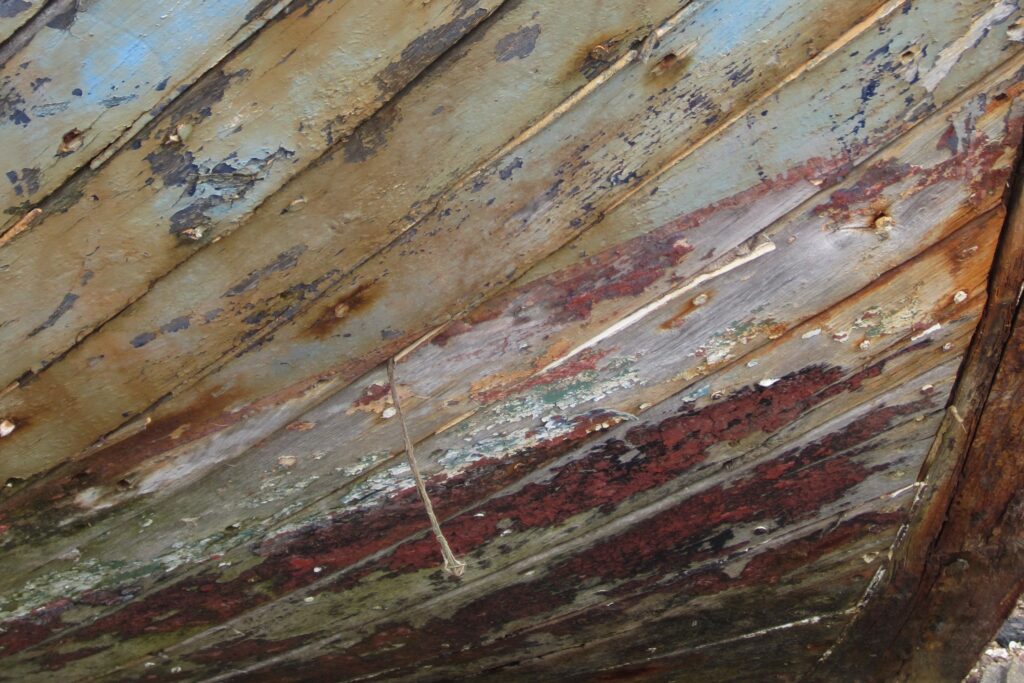
Today, we continue with another post in the Principles of SAORI Weaving series, discussing the art of seeking beauty in unexpected places.
The third principle of SAORI weaving is: Look out through eyes that shine. This might mean different things to different people, but at its heart, this principle teaches us to put joy at the centre of our work. Joy might be in short supply at the moment, as we all face both shared and individual struggles during this pandemic. This makes it all the more important to actively seek out little moments that lift us and bring us gratitude.

To understand the third principle, think about what makes your eyes “shine”. Is it seeing your loved ones? Hearing a child laugh happily? Looking out at a beautiful landscape? Getting the hang of a new piece on an instrument? Think about the joy and beauty in that moment and try to capture that feeling a little.
Usually, the moments that make our eyes shine are not born out of perfection. You may have gotten drenched in the rain or ruined a pair of shoes to get to that beautiful landscape. Loved ones and children are not “perfect” either, but they are more beautiful for it. Creating something by hand is no different; there will always be threads that are a little loose, or colours that don’t quite match, etc. But joy comes when you stop worrying about making something perfect, and instead focus on the beauty of the process. Weaving should be joyful, not painstaking!

Those with eyes that shine look out for beauty in unexpected places, like the rust of an old car, or the peeling paint on a mysterious door in a garden wall. Even the colours of moss and mold, or the dramatic clouds on a stormy day can be stunningly beautiful. There are no rules to inspiration; if something catches your eye and calls you to take a closer look, go for it.
Go with an open mind and shining eyes.
Where to go next: learn about the concept of “wearable art” here.
by Jessica Edney

